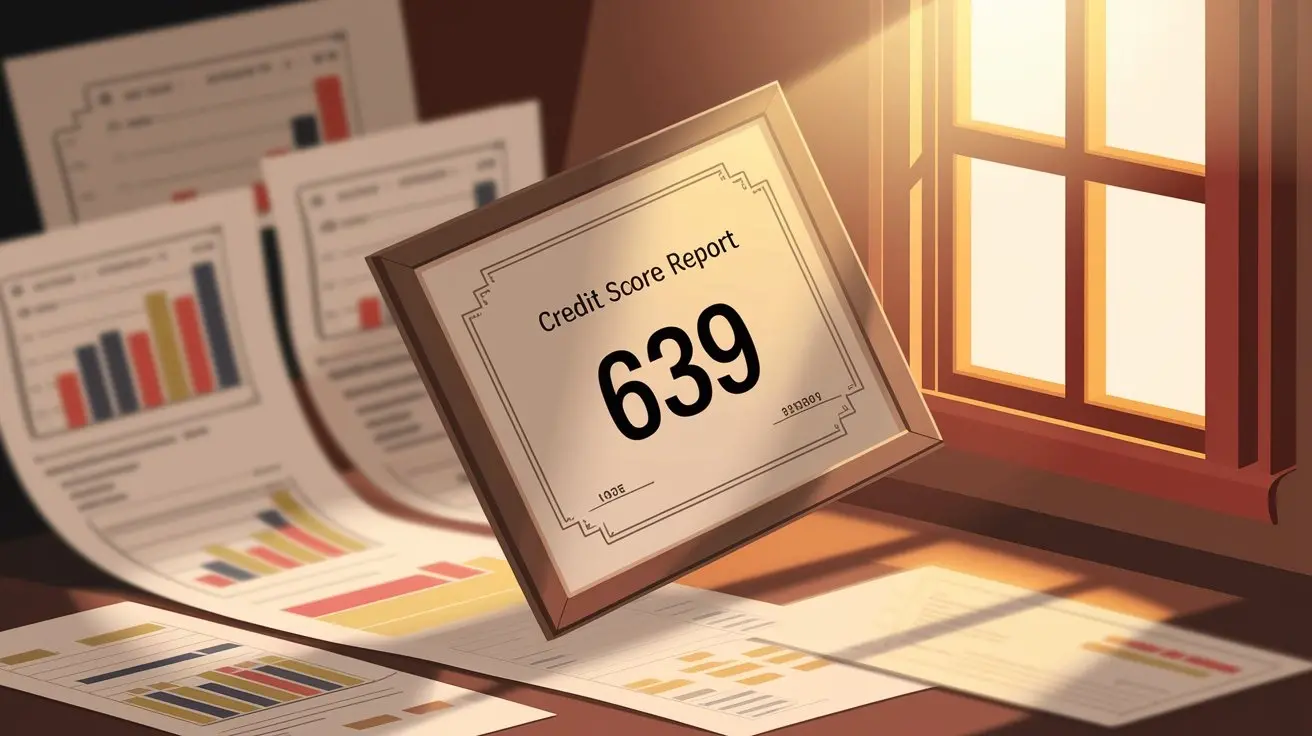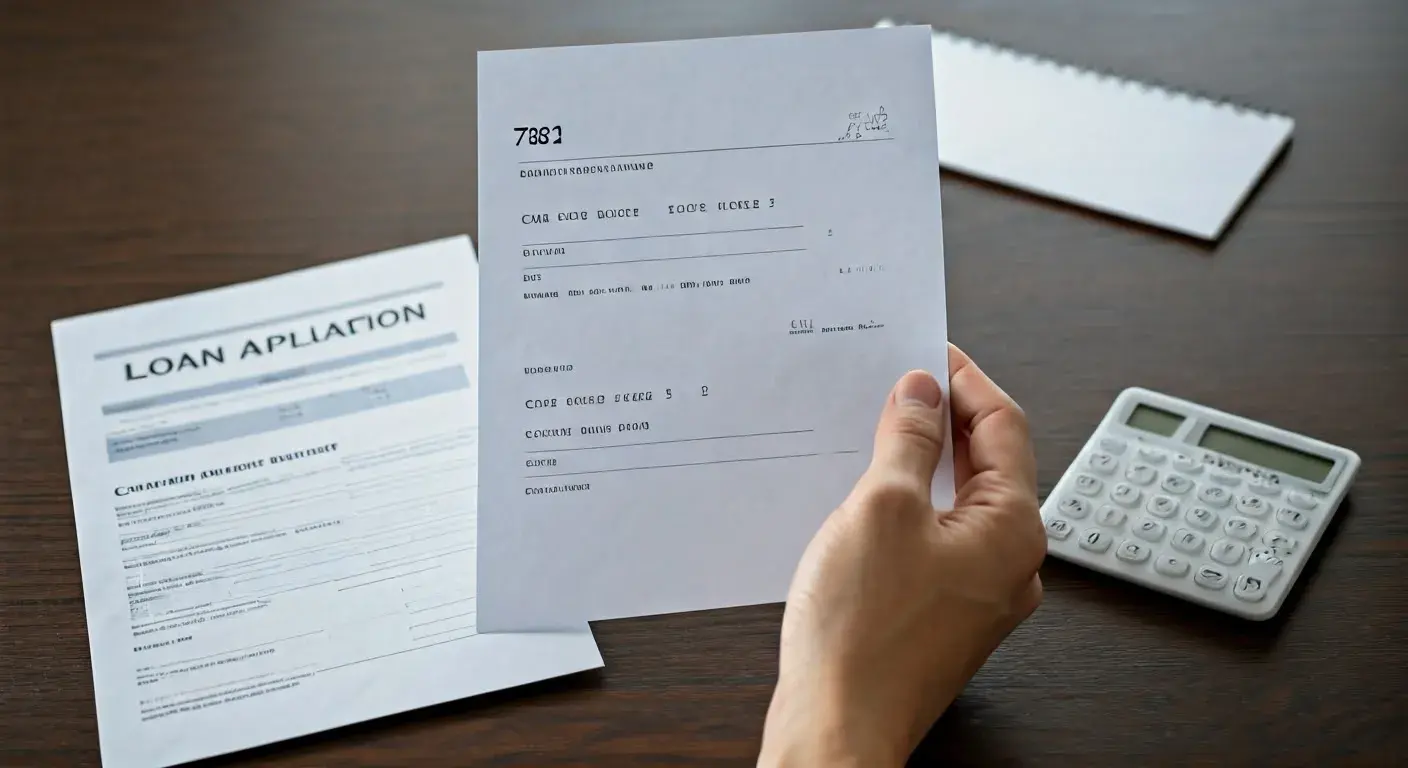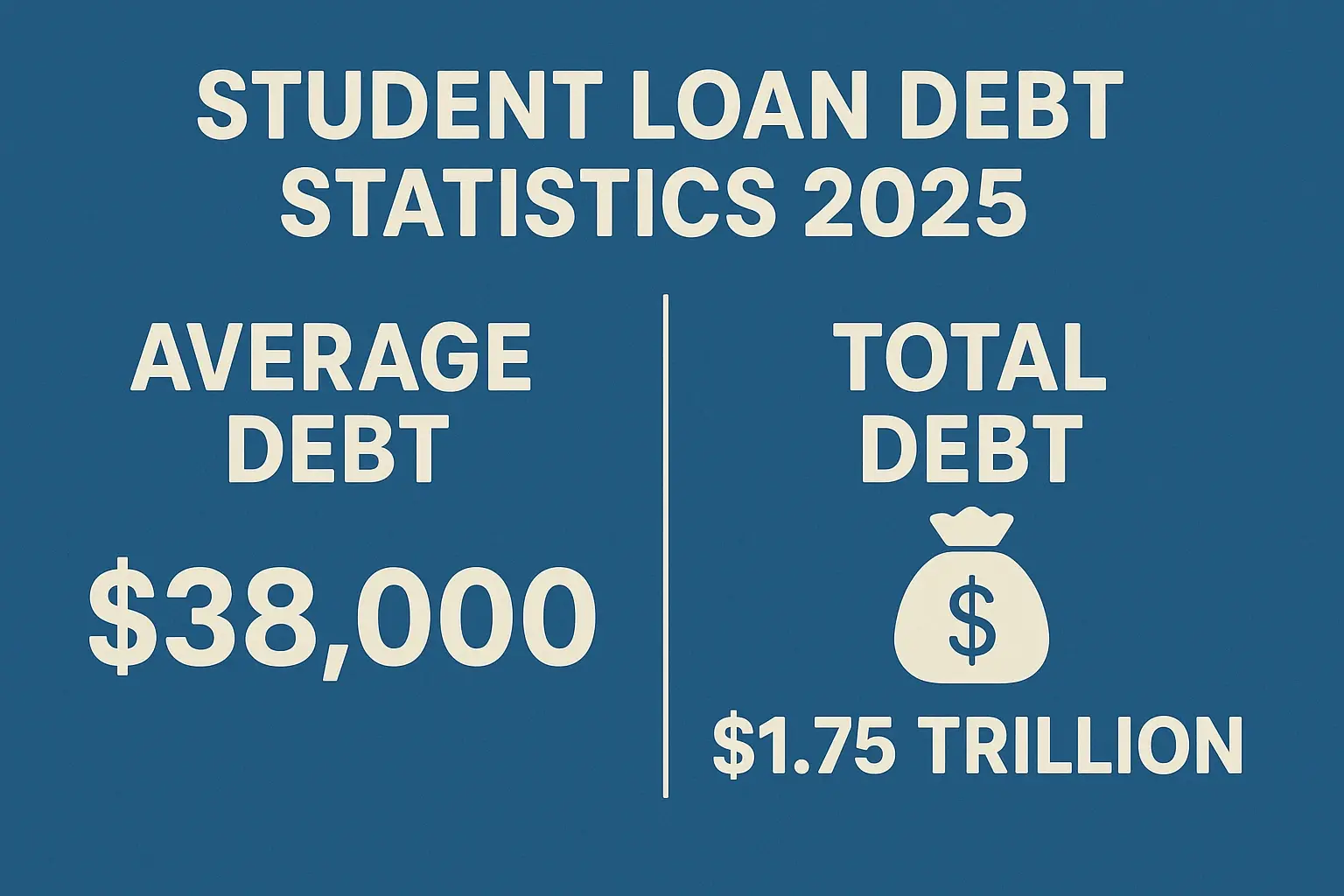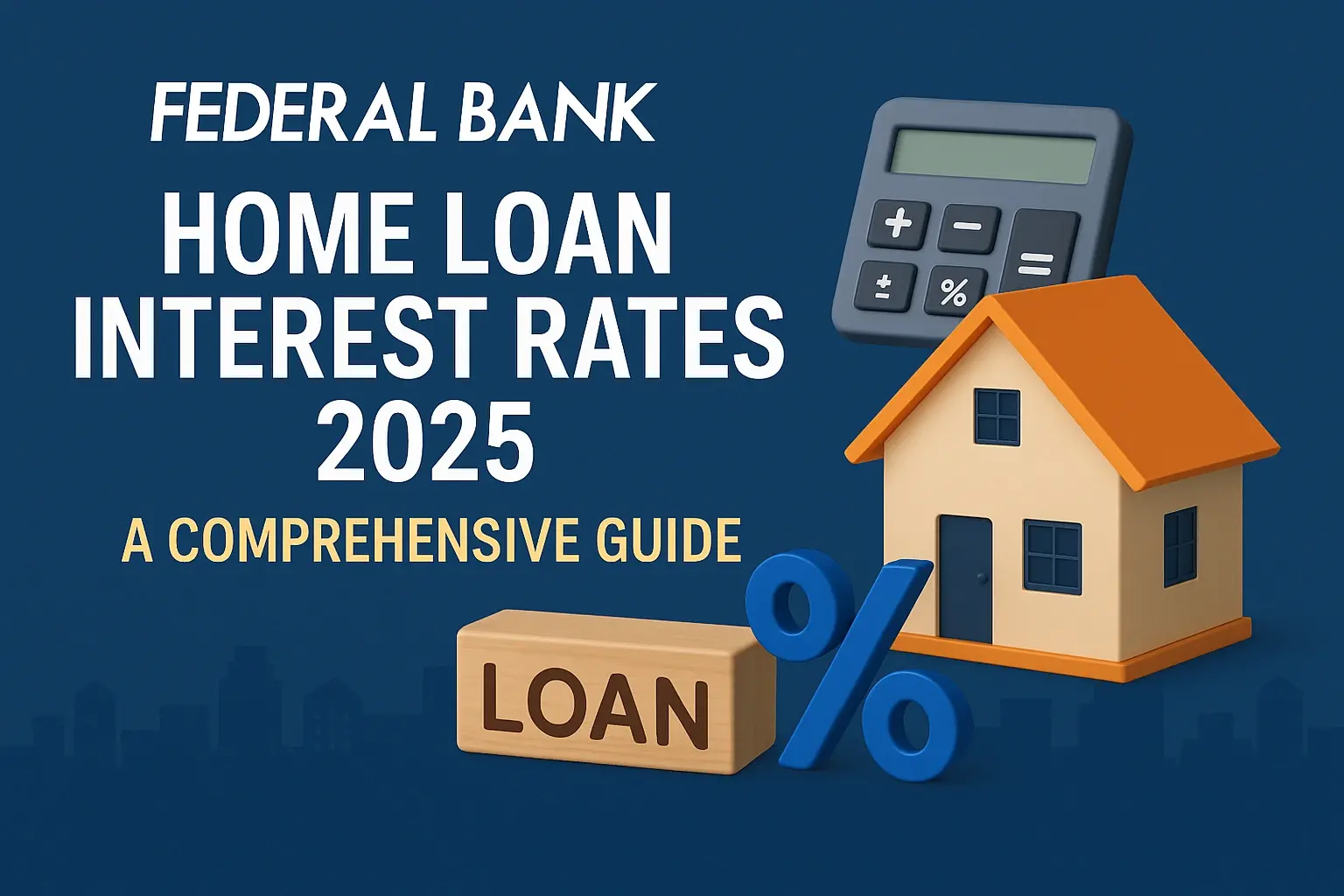-
Posted on: 15 Jul 2024

-
A credit score of 500 is considered a very poor credit score. It indicates a significant history of missed payments, defaults, or other negative credit events. While it might feel daunting, the good news is that it is absolutely possible to rebuild your credit even from a score as low as 500. It takes time, discipline, and a strategic approach, but the rewards of a healthy credit score are well worth the effort. This guide will walk you through the steps needed to improve your creditworthiness and achieve your financial goals.
Understanding a 500 Credit Score
Before embarking on your credit repair journey, it's crucial to understand what a 500 credit score signifies and its implications. Credit scores, typically ranging from 300 to 850, are numerical representations of your creditworthiness. A 500 score places you in the "very poor" or "bad credit" category, which significantly impacts your financial life.
Implications of a Poor Credit Score
- Higher Interest Rates: You'll face significantly higher interest rates on loans, credit cards, and mortgages. This translates to paying substantially more over the life of the loan.
- Difficulty Getting Approved for Credit: Many lenders will be hesitant to approve you for new credit accounts, as you're considered a high-risk borrower.
- Higher Insurance Premiums: In some states, your credit score can influence your insurance premiums (auto, home, etc.). A lower score often means higher premiums.
- Difficulty Renting an Apartment: Landlords often check credit scores as part of the application process. A poor score can make it difficult to secure housing.
- Employment Challenges: Some employers conduct credit checks as part of their hiring process, particularly for positions involving financial responsibility.
- Security Deposits: You may be required to pay larger security deposits for utilities or cell phone service.
The Path to Credit Repair: A Step-by-Step Guide
Rebuilding your credit is a marathon, not a sprint. It requires patience and consistency. Here's a structured approach to help you improve your credit score:
1. Obtain and Review Your Credit Reports
The first step is to access your credit reports from all three major credit bureaus: Equifax, Experian, and TransUnion. You are entitled to a free credit report from each bureau annually through AnnualCreditReport.com.
Why is this important? Reviewing your credit reports allows you to identify errors, inaccuracies, or fraudulent activity that may be negatively impacting your score. Common errors include incorrect account balances, misreported payment history, or accounts that don't belong to you.
How to Review Your Credit Reports:
- Carefully examine each entry: Look for errors in personal information (name, address, Social Security number), account details, and payment history.
- Identify negative marks: Note any late payments, charge-offs, collections, or bankruptcies.
- Check for fraudulent activity: Be vigilant for accounts you don't recognize or inquiries you didn't authorize.
2. Dispute Inaccurate Information
If you find any errors on your credit reports, dispute them directly with the credit bureaus. You can typically do this online or by mail. The credit bureaus are legally obligated to investigate and verify the information within 30 days.
How to File a Dispute:
- Gather documentation: Collect any evidence that supports your claim, such as payment records, account statements, or identity verification documents.
- Write a clear and concise dispute letter: Clearly explain the error and why you believe it's inaccurate.
- Send the dispute letter via certified mail with return receipt requested: This provides proof that the credit bureau received your dispute.
- Follow up regularly: Track the progress of your dispute and provide any additional information requested by the credit bureau.
3. Focus on Paying Bills on Time
Payment history is the most significant factor influencing your credit score, typically accounting for about 35% of your FICO score. Making timely payments demonstrates responsible credit behavior and signals to lenders that you're a reliable borrower.
Strategies for On-Time Payments:
- Set up automatic payments: Automate your bill payments to avoid missing due dates.
- Use calendar reminders: Set reminders on your phone or calendar to remind you of upcoming bill due dates.
- Prioritize essential bills: Ensure you pay your most important bills (rent/mortgage, utilities, car payments) on time to avoid serious consequences like eviction or repossession.
4. Reduce Credit Utilization
Credit utilization refers to the amount of credit you're using compared to your total available credit. It's another crucial factor in your credit score, accounting for approximately 30% of your FICO score. Aim to keep your credit utilization below 30% on each credit card and overall.
Strategies to Lower Credit Utilization:
- Pay down your credit card balances: This is the most direct way to lower your credit utilization.
- Request a credit limit increase: Increasing your credit limit without increasing your spending will lower your utilization ratio. Be careful not to overspend, though.
- Consider a balance transfer: Transferring balances from high-utilization cards to cards with lower utilization can help improve your overall utilization rate.
5. Consider Secured Credit Cards
A secured credit card is a credit card that requires you to provide a security deposit, which typically acts as your credit limit. These cards are designed for individuals with bad credit or no credit history and can be a valuable tool for rebuilding credit.
Benefits of Secured Credit Cards:
- Easier Approval: Secured credit cards are generally easier to obtain than unsecured cards, even with a low credit score.
- Credit Building: Responsible use of a secured credit card can help you rebuild your credit score over time.
- Opportunity to Transition to an Unsecured Card: Some secured card issuers may offer the option to graduate to an unsecured card after a period of responsible use.
6. Explore Credit Builder Loans
A credit builder loan is a small loan designed specifically to help individuals build or rebuild credit. Unlike traditional loans, with a credit builder loan, you don't receive the funds upfront. Instead, you make regular payments to the lender, and they report your payment history to the credit bureaus.
How Credit Builder Loans Work:
- Loan Funds Held in Escrow: The loan amount is held in an escrow account.
- Regular Payments: You make fixed monthly payments for a set period.
- Credit Reporting: The lender reports your payments to the credit bureaus.
- Funds Released Upon Completion: Once you've completed the loan term, you receive the funds, plus any interest earned.
7. Become an Authorized User on a Credit Card
If you have a trusted friend or family member with a credit card in good standing, ask them to add you as an authorized user. Their responsible credit behavior can positively impact your credit score, as the account history will be reflected on your credit report. However, it's important to choose someone who is responsible with their credit, as their negative actions can also harm your score.
8. Be Patient and Consistent
Rebuilding credit takes time and effort. There are no quick fixes or shortcuts. Be patient and consistent with your efforts, and you will see gradual improvements in your credit score over time. Avoid making rash decisions or falling for scams that promise to "erase" your bad credit instantly. These are often illegal and can do more harm than good.
What to Avoid During Credit Repair
While actively working on improving your credit, it's equally important to avoid certain behaviors that can hinder your progress or even damage your credit further.
- Applying for Multiple Credit Cards at Once: Each credit application triggers a hard inquiry on your credit report, which can slightly lower your score. Applying for too many cards in a short period can signal to lenders that you're a high-risk borrower.
- Closing Old Credit Accounts: Closing older credit accounts can reduce your overall available credit, potentially increasing your credit utilization ratio and negatively impacting your score.
- Maxing Out Credit Cards: As mentioned earlier, keeping your credit utilization low is crucial. Maxing out your credit cards will significantly damage your credit score.
- Ignoring Debt Collectors: Ignoring debt collectors will not make the debt disappear. It can lead to lawsuits, wage garnishments, and further damage to your credit. Communicate with debt collectors and explore options for debt repayment or settlement.
- Falling for Credit Repair Scams: Be wary of companies that promise to erase your bad credit or guarantee unrealistic results. These are often scams that can cost you money and potentially expose you to identity theft.
Realistic Timeline for Credit Improvement
The time it takes to rebuild your credit from a 500 score varies depending on the severity of your credit issues and the consistency of your efforts. However, here's a general timeline:
- Initial Improvements (3-6 Months): You may start to see some improvement in your credit score within a few months of consistently making on-time payments and reducing your credit utilization.
- Significant Improvement (6-12 Months): With continued effort, you can expect to see a more substantial improvement in your credit score within 6 to 12 months.
- Good Credit (12-24 Months): It may take 12 to 24 months (or longer) to reach a "good" credit score (670-739) or higher.
Remember that these are just estimates. Your individual timeline may vary. The key is to stay committed to your credit repair plan and remain patient throughout the process.








